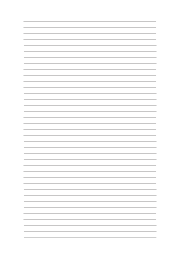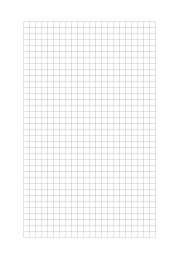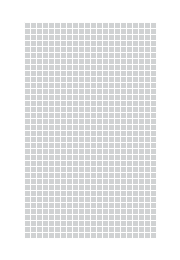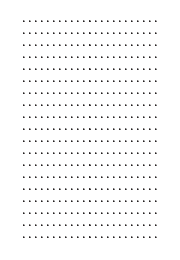

Everything You Need to Know About Lined Paper (Ruled Paper)
Lined paper, also known as ruled paper, is a writing essential used by students, professionals, and creatives worldwide. Whether for note-taking, journaling, handwriting practice, or drafting essays, ruled paper provides structure and readability, making writing easier and more organized.
Types of Lined Paper & Their Uses
Not all lined paper is the same! Different ruling styles cater to specific needs:
- Wide Ruled Paper (11/32 inches or 8.7mm spacing) – Common in elementary schools, allowing more space for developing handwriting.
- College Ruled Paper (9/32 inches or 7.1mm spacing) – Standard for students and professionals who need more lines per page.
- Narrow Ruled Paper (1/4 inch or 6.35mm spacing) – Ideal for those with smaller handwriting or dense note-taking.
- Legal Ruled Paper – Often used in professional and legal settings, with a 1.25-inch left margin for annotations.
Choosing the right lined paper format can improve readability, note organization, and handwriting clarity.
How Is Ruled Paper Used?
Lined paper is used in many different areas, from education to creative fields:
- Academic Writing & Studying – Students use ruled paper for note-taking, essay drafting, and math calculations.
- Journaling & Creative Writing – Many writers prefer lined pages for storytelling, poetry, and daily reflections.
- Calligraphy & Handwriting Practice – Lined paper helps develop letter consistency and proper spacing.
- Business & Legal Work – Professionals use legal ruled paper for contracts, meeting notes, and record-keeping.
- Music Composition – Some musicians annotate lyrics or basic notations on ruled pages before transcribing onto sheet music.
Fun Facts About Lined Paper
- The first commercially ruled paper was patented in the 19th century, making it a long-time staple in writing materials.
- Many schools require wide or college-ruled notebooks to standardize students' handwriting and organization.
- Some journals use faint dotted lines instead of solid rules, blending the flexibility of dot grid and lined paper for a more open format.
Save This Configuration
Enter your email to save this paper configuration for easy access later.
Share this Lined Paper
Copy a link that remembers your exact paper settings.


